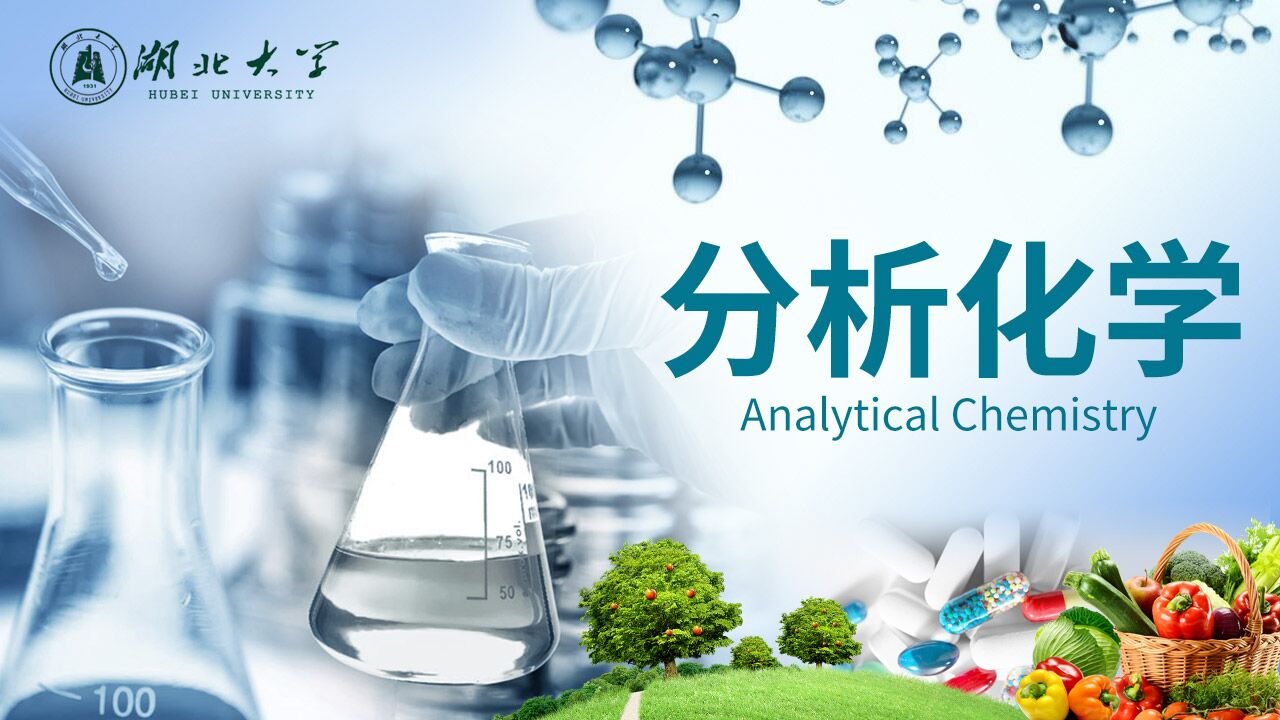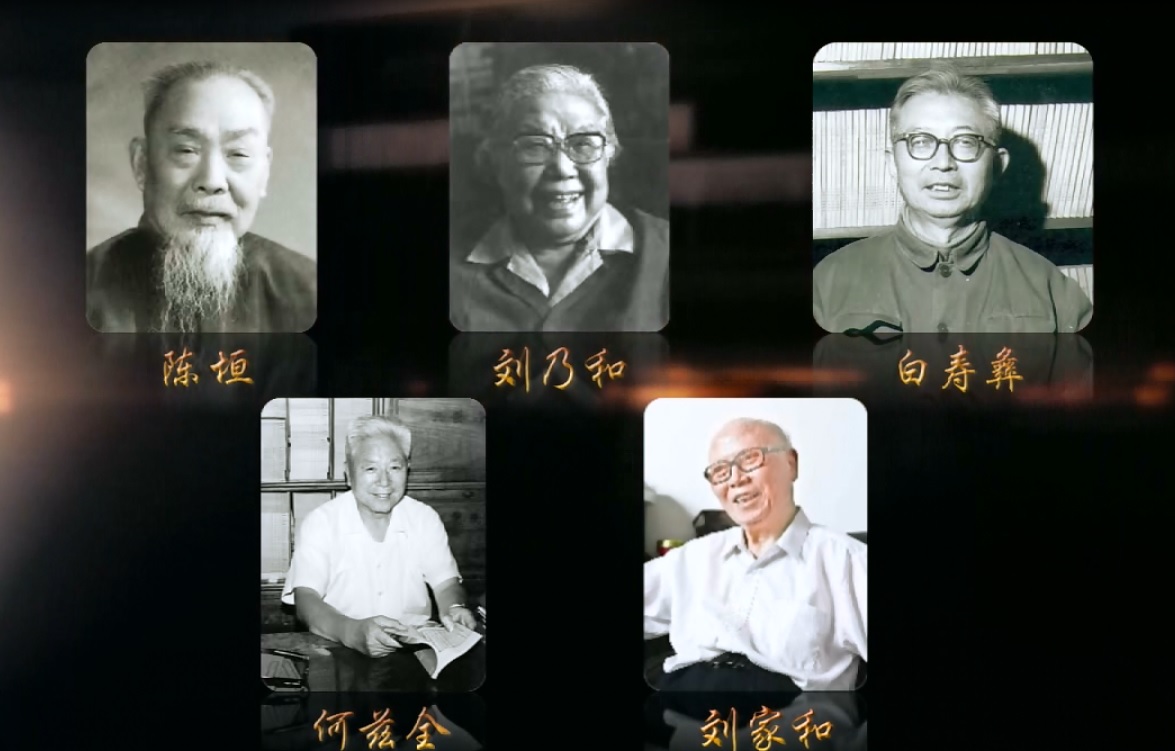
当前课程知识点:分子医学技术 > 第七章 碱性磷酸酶Km值测定 > AKP Km值测定原理、测定操作、计算 > AKP Km值测定原理、测定操作、计算
Kinetics of enzyme-catalyzed reactions
is a study on the rate of enzymatic reactions and some factors
by which the rate is influenced.
such as the concentrations of substrates,
the concentrations of enzymes,activators,inhibitors,
pH and temperature in surroundings.
If we want to find the relationship
between the velocity and the concentration of substrate [S],
we can use the same concentration enzyme
to catalyze the reaction with the different concentration of substrate,
while the reaction temperature, pH are invariableness.
The velocity of a reaction is expressed
in terms of the changes in the concentration of substrate
or product per unit time.
So we can use the changes of concentration of product
or substrate over a given time period, and [S],
as two factors to draw different points in the graph,
and then to find the tendency.
We find the curve is a rectangular hy'perbola,
include three different stages,
the rate of the reaction is directly proportional to [S]
only when [S] is low,
we called the first-order reaction.
And this is a straight line from zero point.
When [S] is sufficiently high
so that the enzyme is saturated,
the reaction is zero-order reaction with respect to substrate.
And this is a straight line
that parallel to the horizontal axis.
And the velocity is the Vmax.
At the intermediate [S]
the reaction is a mixed order reaction and formed a curve.
From the rectangular hyperbola
we find the velocity increase quickly
in the first-order reaction stage,
slowly in the mixed order reaction stage,
and has no change in the zero-order reaction stage.
How to use the mathematical method
to describe the relationship between velocity and [S]?
Michaelis and Menten
obtained the following rate versus substrate concentration equation:
This Michaelis-Menten equation
demonstrates that when v = ½Vmax,
the substrate concentration [S] is the same as the Km.
So Km is defined as the substrate concentration
when the velocity of reaction is the half of the maximum value.
In a steady-state of reaction with constant of temperature,
pH and enzyme concentration,
the reaction velocity "v"
can be calculated by Michalis-Menten equation.
Km is a characteristic constant of an enzyme.
Different enzymes have different Km values.
different substrates of a single enzyme
will also have different Km values.
The Km of most pure enzymes lie in the range of 0.01-100 mmol/L.
The substrate concentration [S] is hyperbolic correlated
to velocity as shown in the figure.
It is difficult to get the precise value of Km from such a plot,
because it is difficult to plot a precise hy'perbola
by limited reactions at different substrate levels.
The Michaelis-Menten equation can be transformed simply
by taking reciprocal of both sides to form a Lineweaver-Burk equation.
If we take 1/v as the ordinate
and 1/[S] as the abscissa,
we can get a straight line plot.
This is called the Lineweaver-Burk plot or the double reciprocal plot.
This straight line has a slop of the ratio of km to Vmax (Km/Vmax),
an intercept of -1/Km on the 1/[S] axis,
and an intercept of 1/Vmax on the 1/v axis,
Therefore, the Km of an enzyme can be accurate determined
by a simple plot of double reciprocal diagram.
In the optimum conditions
(pH=10, 37 degrees celsius),
AKP catalyzes the hydrolysis of disodium phenyl phosphate
with liberation of phenol and disodium hydrogen phosphate.
Phenol can react with the 4-aminoantipyrene(AAP)
in the presence of po'tassium ferricya'nate of alkaline medium
as an oxidizing regent to form a quinone compound with red color.
This red colored compound may be used
as the basis of photometric determination.
In this experiment,
disodium phenyl phosphate is used as the substrate
and a series of increasing substrate concentration
is employed to determine the corresponding reaction velocities.
The amount of product is proportional to the colorimetric absorption.
The red compound has a maximum absorbance at 510nm.
So the A510 can reflect the concentration of phenol,
and the resulted product of AKP catalysis.
Thus, the plot 1/[S] versus 1/A
can get the straight line
and can be further used to calculatethe Km value of AKP.
Mark 8 clean dry medium test tubes,
mark 1-8, respectively.
Add reagents to the 8 tubes according to the table.
Incubated the tubes in 37 degrees celsius for 5 min,
mix well and keep in 37 degrees celsius water bath for 15 min,
take out the tube back,
mix well, incubated the tubes at room temperature for 10 min
for color development.
10 min later,
take the absorbance of tube 1-7 using tube 8 as blank.
Before use,
turn on the spectrophotometer for 30 min
to allow lamp and electronics warm up.
Set the wavelength knob to 510nm.
Always hold the rough side of the cuvette in the whole process,
rinse the cuvette by pouring a little of corresponding reaction mix,
empty cuvettes and fill them with testing samples
to 2/3 –3/4 height of the cuvettes.
Wipe any fingerprint or spills off the outside of cuvettes.
Insert blank,
No.1-3 cuvettes in sample drawer properly,
where mirror side of cuvettes face to light source.
Close the sample chamber cover,
press the 100% button to obtain a reading of 100% T.
Press the MODE button to switch the spectrometer
to absorbance mode.
The reading of blank absorbance should be zero.
Pull the sample drawer gently,
record the absorbance reading of sample 1-3 one by one.
Assay the remaining samples
using the same operation with the same blank.
Data Processing
Input the data of substrate concentration of tube 1-7,
and the corresponding absorbance value in an excel worksheet.
Calculate the reciprocal of [S] and A.
Draw a scatter diagram using 1/[S] and 1/A data,
Right click the mouse over one of the symbols.
Add a trendline on the scatter diagram by right click.
Adjust the diagram by extending 1 units on trendline.
Click display equation on chart
display R-squared value on chart.
Check the equation and R-squared value boxes
in the pop-up window.
The resulted trendline is the desired image,
where R square value indicates linear correlation of 1/[S] and 1/A.
According to the Lineweaver-Burk equation,
the Y intercept is 1/Vmax,
the slop is Km/Vmax,
dividing slop to Y intercept results to Km.
-真核基因组DNA的提取原理、提取操作、鉴定
-质粒DNA提取原理、提取操作、鉴定
-PCR原理、操作、产物鉴定
-蛋白质含量测定原理、测定操作、计算
-SDS-聚丙烯酰胺凝胶电泳原理、操作、测定分子量计算
-亲和层析原理、操作、实验结果
-AKP Km值测定原理、测定操作、计算


